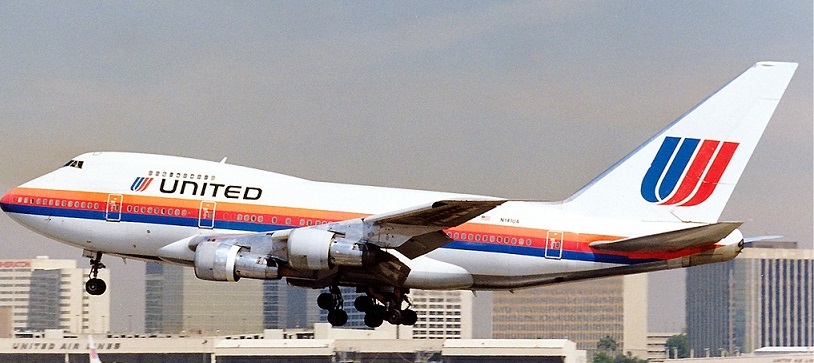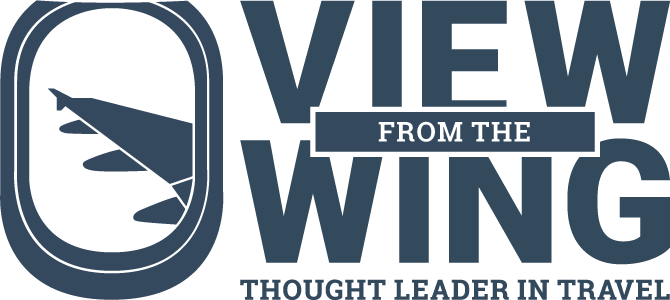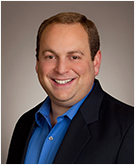Airlines always tracked their best customers in some way. United awarded plaques. The original airline lounges were for VIP customers. (These became paid membership programs as an anti-discrimination measure, with the government requiring transparent entry criteria to ensure improper criteria wasn’t being used.)

However it wasn’t until the 1970s that we saw frequent flyer programs. The Civil Aeronautics Board told airlines where they could fly and how much they could charge. Frequent flyer programs are essentially rebates, and those were illegal. In fact, offering rebates on airline tickets was a crime.
In the two years leading up to the Airline Deregulation Act of 1978, the CAB started to allow ‘experiments in price competition.’ but before that a discount on an airline ticket could land an executive in prison.
In 1979, Texas International Airlines created what some regard as the first frequent flyer program that used mileage to offer rewards to passengers. The argument for American Airlines AAdvantage in 1981 and United Mileage Plus days after is that they used mileage to award free travel (and not just discounts).
There had been some experiments with “bonus coupon” at TWA and Western Airlines. Western Airlines Travel Pass offered $50 off for every 5 trips. These S&H Green Stamp-style offerings were merely precursors to the American Airlines effort attributable to Rolfe Schellenberger, Tom Plaskett, and Hal Brierley.
The Civil Aeronautics Board didn’t allow discounts or rebates, until John Robson (predecessor to Alfred Kahn). They even considered regulating the thickness of sandwiches because prices were set too high and so airlines wanted to compete for business.
The idea behind airline regulation was to prevent “ruinous competition” and ensure airline profitability. There was a thinking that airlines needed to be profitable or they’d skip on safety. That proved not to be true: American Airlines (and US Airways twice), United Airlines (and Continental Airlines twice), and Delta (and Northwest Airlines) all went through bankruptcy without jeopardizing safety.
Several years ago, long-time KLM Vice President of Government Affairs Paul Mifsud told the story of how this played out with foreign air travel. I only knew Paul through an off-the-record industry discussion list that he ran for many years (and which still bears his name).
Sabena was the national airline of Belgium. Swissair took over in 1995, it went bankrupt in 2001, became SN Brussels Airlines and in 2007 merged with Virgin Express to form Brussels Airlines which is now owned by Lufthansa Group).
The carrier sent someone to the U.S. with $80,000 in his socks to bribe agents. Initially, customs thought they’d caught a drug dealer. Travel agents were being paid for booking so that they could sell tickets at the full, legal price while charging less to their customers.
Fares were set each IATA season, in an anti-trust immunized collusion run by IATA. Rebating was illegal. Airlines could only charge the fare approved by the government, and charging less was a criminal violation. IATA had trials for agencies violating their rules which imposed fines as well.
The introduction of the Boeing 747 accelerated attempts to circumvent the law, because it meant significantly more capacity in the market but airlines couldn’t reduce fares to fill seats.

The Sabena case was prosecuted by the U.S. Attorney for the Eastern District of New York. Sabena’s defense was that this was common practice in the industry. Airlines all denied it, and pointed fingers at other carriers including Pan Am and TWA as well as KLM and other foreign carriers flying across the North Atlantic. Ultimately a consent decree was entered into, and an Iberia executive was jailed for continuing the practice.
Frequent flyer programs are rebates, too. That’s how Supreme Court Justice Stephen Breyer described them in Northwest v. Ginsberg. Offering a frequent flyer program would have been illegal prior to airline deregulation, though enforcement became lax in the two years prior. Executives would have gone to jail for awarding miles to travelers.


The cheapest way to fly to Europe in 1972 was on Icelandic, who evidently did not follow the regulatory scheme.
I have my funky Continental Airlines desk set with emblems from all there destination states.
Great read — thanks, Gary !
This is fascinating, Gary. Thanks for sharing. Also, nice pic of the United 747-SP. The ‘little dude’ of the ‘big boys.’ The ‘short bus’ of the double-deckers.
That is really interesting, Gary. And right to REDNAG, in late ’72 I took $125 cash to the Icelandic office in New York and got a one-way to Luxembourg, which partnered with the airline to stay outside of the system. They did a nice job getting me there too via Reykjavík with a fine meal thrown in as well. Would that air travel was so cheap and easy today!
This article was from months ago
@Adam
Dag nabbit, be nice to Gary!
Adam, you can start your own blog—‘View from the Shithole.’
Sheesh, some of y’all suck.
Actually @Adam I have never published this article before no idea what you’re talking about
@drrichard – $127 in 1972 is over $900 in today’s dollars..
It would have been great had they kept the law as it was: just like the grocery store; frequent shoppers get outright discounts, and you’re done. None of the funny money that gets devalued all time, none of the shenanigans and the headaches, and probably none of the extra 2% cost to use credit cards (baked in prices in the US, expressly added to the bill elsewhere like in Australia) to pay for these programs/scams.
Great article Gary! Appreciate it… you’re an expert in this topic and always love this sort of history.